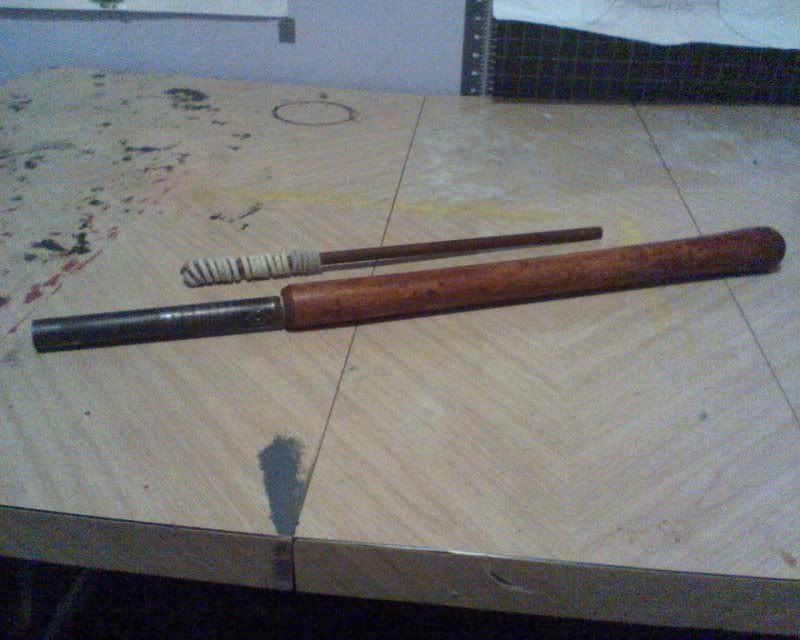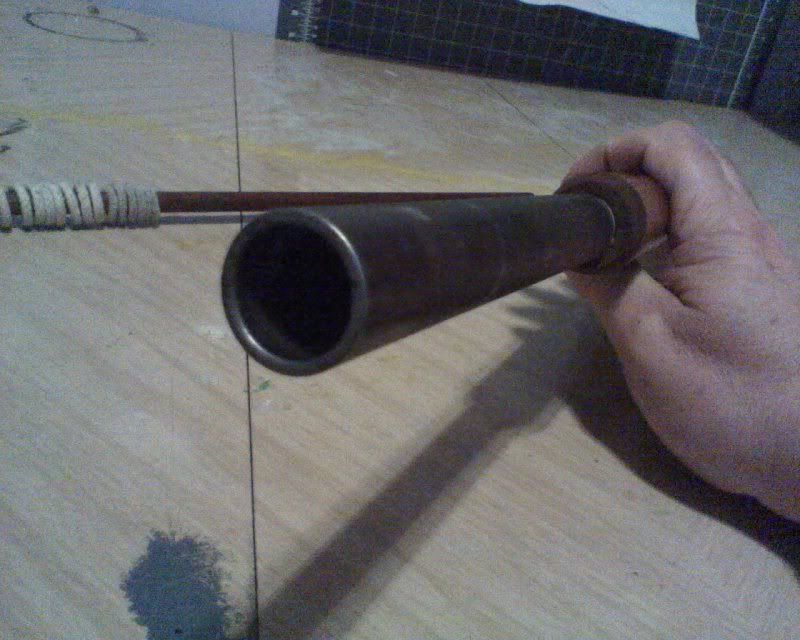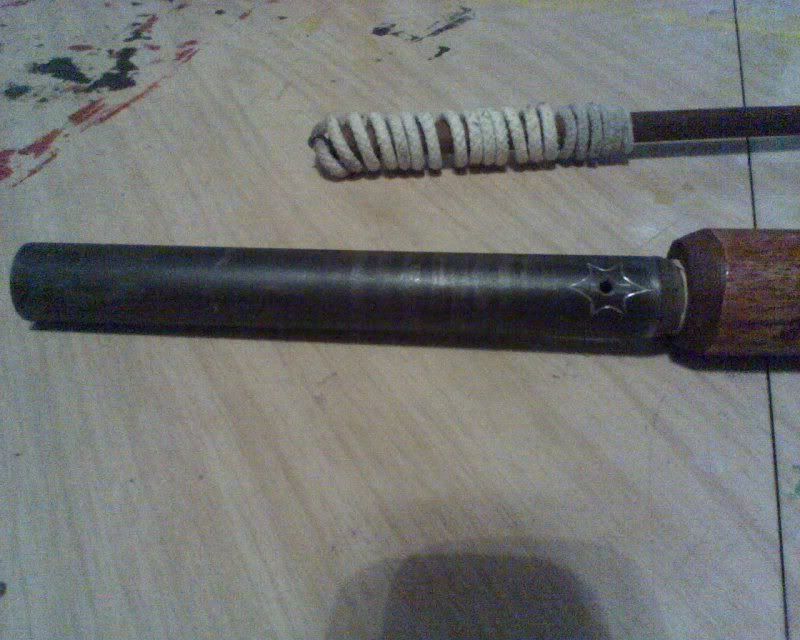I shoot a 20 gauge load of shot (7/8 ounce) shot weight in a 12 gauge amateur made hand gonne, 26" barrel. And the same shot measure 3/4ths full of powder by volume.
I just ground down a larger powder measure on a grinder until it threw the right weight, and sand papered the ends smoooth with finer and finer sandpaper from a pack of multigrade sandpaper.
I also have a long barrel 16 gauge simple petronel matchlock and use 28 gauge load weight of shot (3/4 ounce) and 3/4 full the same measure of powder.
Pistols (short barrel guns) need a lighter load, a 410 load in your 16 gauge is my advice with the powder only 3/4 the volume of shot (5/8 ounce weight of shot, the same measure 3/4 full of FFg).
.650 roundball fit great in my long barrel 16 gauge matchlock using a simple gunny sack cloth patch (lindsy woolsey cloth from Dixie gun works). For roundball I use caliber = grain weight for powder weight. e.g. my 16 gauge long barrel matchlock uses .67 caliber / 1 = 67 grains powder.
For short barrel pistol there's an old saying to divide the caliber by 2 for grains of power. For a short barrel tiller gun I would use 16 gauge = .67 caliber / 2 = 33 max grains, so I would use about 22 because not wise or any need to use max in an amateur made gun.
FFg will give lower pressures than FFFg.
A free old car tire from a tire store makes a great proof load holder for a gun with a normal stock. Probably will work for a short tillered gun too if a smaller diameter tire, like a trailer tire is used. When I do it the barrel is pointed up so I fire into a close hill. The stock poked down inside the tread inside the tire with the barrel lying up across the other side of the tire (it will shoot upwards). Because the tire will not hold a tiller tight like it would a normal stock, I would drill a hole with a brace and bit in the tire casing and poke the tiller through it, making the hole size a tight fit.










